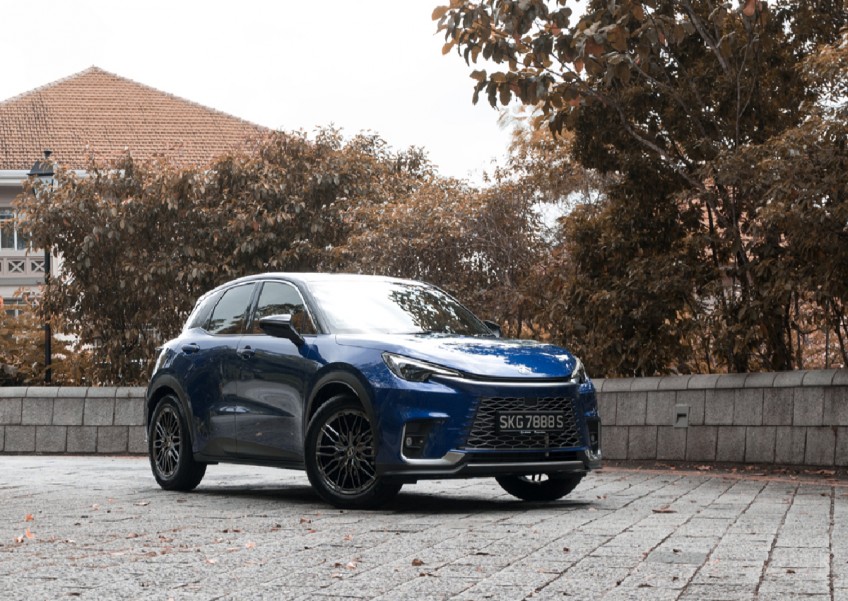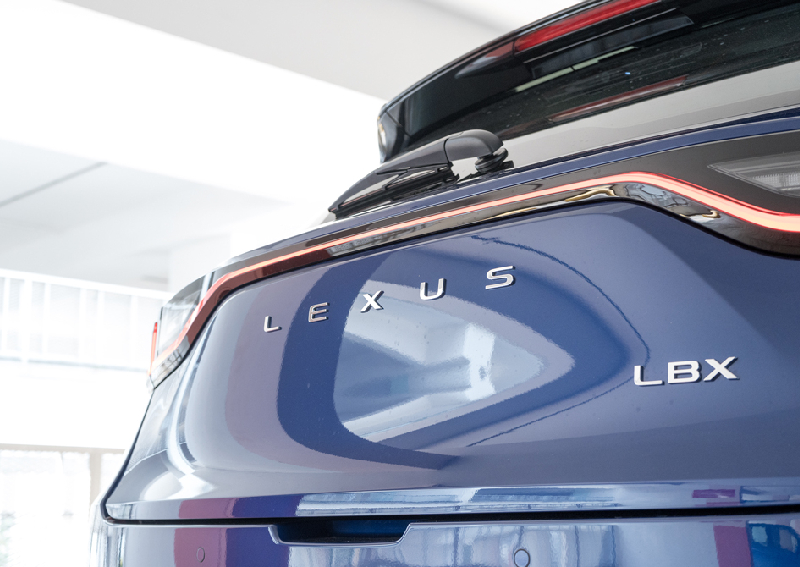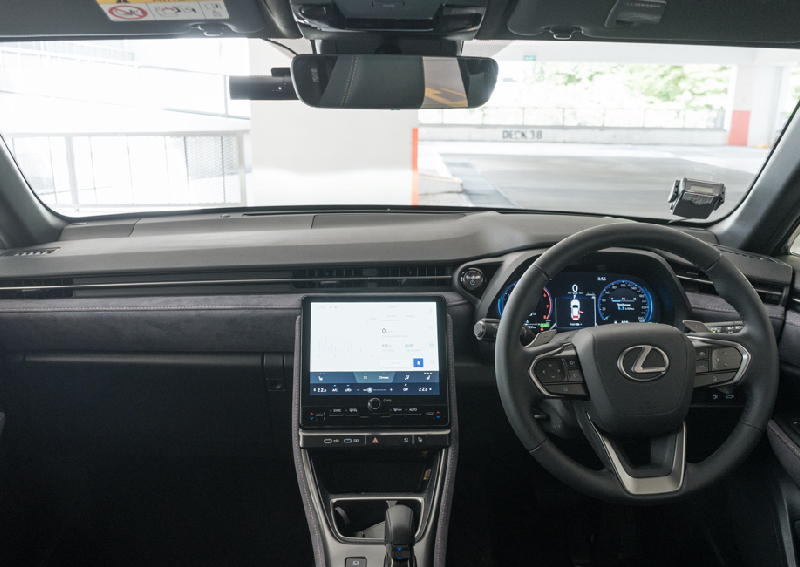Lexus LBX review: Raising expectations

Making luxury more "accessible" is a game that luxury carmakers have been playing for some years now.
Mercedes-Benz, for instance, launched the A-Class back in the late 1990s - though most of us will only recall the hatchback model launched around 2012. It also has the A-Class Saloon and more popular CLA-Class "four-door coupe" as well.
Meanwhile, BMW has the 1 Series and 2 Series Gran Coupe. Audi, on the other hand, created the A1 and A3 models.
The point is to make models that are smaller, less powerful and less expensive, but since they wear the same badge as their pricier siblings, are still seen as prestigious.
Lexus tried its hand at this, too, with the CT200h back in 2011. For those unfamiliar, the CT200h is a compact hatchback that's based on - and has the same powertrain as - the second-generation Toyota Prius.
Now Lexus is back to play in this segment again with the LBX, the brand's first COE Cat A model, which it hopes will woo buyers. Will they bite?

All other Lexus models have a two-letter name, such as NX, RX, and LC. The last Lexus with a three-letter designation is the iconic LFA, which, thanks to its stupendous carbon fibre construction and orgasmic V10 engine, has become the stuff of legend.
So, when Lexus says its new crossover is called the LBX, it wants consumers to pay attention. The LBX, which stands for "Lexus Breakthrough X (cross)-over, is the brand's smallest model to date, and in Singapore, its first Cat A COE model.
Its styling is certainly unlike other Lexus models that have come before it. The spindle grille has been reinterpreted, with a sleeker and more refined look to it compared to the ones on other Lexus vehicles.
The LBX has a lot of rounded elements to it, but these are balanced by the sharpness of the headlights and tail-lights. The rear end is well-executed as well - it has just enough panache without looking like it's trying too hard.
You'll be shocked to hear, though, that the LBX is based on - and has the same powertrain as - the Toyota Yaris Cross. There's nothing about the LBX that suggests this connection, though.
Indeed, even if they might share the same DNA, no matter which angle you view it from, there's no resemblance to its "humbler" sibling. No unconventional "insect" face, no tall-ish rear end.
Lexus' penchant for quality interiors shines through as well. Electric door latches, just like in the higher-end models, are also present. Get behind the wheel of the LBX and every surface has an upmarket feel to it, from the doors to the seats to the dashboard.

Facing the driver is a customisable 12.3-inch instrument panel and the same steering wheel you'd find in the NX and RX. You get the same two touchpads on it as well, which you use to tweak various settings.
Look to your left and there's a 9.8-inch tablet-like display for the infotainment. The interface and graphics are high-res - nothing has been pared down or suggests that you're in an entry-level model.
It's only when you check out the backseat that the crossover's compact proportions become obvious. Though it's more suited to accommodating two instead of three adults, the bench is plush, and the backrest is taller than expected. Legroom, however, is tight, especially for anyone over 1.75m tall.
Boot space with the seats up is 402 litres, which is expected for models in this segment. It's handy enough for daily necessities such as groceries or weekend shopping.
With the rear seats folded, the volume expands to 994 litres, so you can still help a friend move house.
Powering the LBX is a naturally aspirated 1.5-litre three-cylinder paired to an electric motor. Total system output is 129hp and 185Nm of torque, figures that enable the crossover to finish the century sprint in 9.6 seconds.
It's not scintillating, but then again, the LBX's target consumer is someone who wants a refined and economical drive, and that's what the powertrain delivers. The car shines in peak hour, stop-and-go conditions, its petrol-electric setup allowing it to easily cover 20km per litre of unleaded without hypermiling.
What you want to avoid is slamming your foot down on the pedal, unless you don't mind the rubbery feel accompanied by the CVT drone. To be fair, it's been minimised, and most drivers probably won't notice when it happens.
Surprisingly, however, the LBX's ride-handling balance is skewed towards a sportier and firmer feel, rather than a compliant one.
Perhaps the intention was to make it feel pointier and more direct so it's easy to handle. I would have preferred the former approach, though, as this is not a crossover that's been engineered to be chucked around.
"Does the LBX deserve its three-letter moniker?" This question never left my mind during the few days I spent with the car. Lexus is renowned for its efforts at delivering perfection, so one cannot help but anticipate that the car will offer even more.
[[nid:669980]]
Its design is appealing, its cabin oozes quality and the hybrid powertrain is acknowledged by many to be one of the best (if not the best) in the business.
The LBX wears a Lexus badge, is highly polished and comes with a correspondingly high asking price. It will make buyers bite, but before they do, it's only right that they temper their expectations:
As ridiculous as it sounds, it's still an entry-level model, even if it is a Lexus.
This article was first published in Torque. Permission required for reproduction.